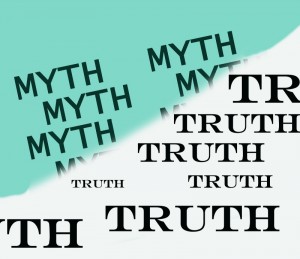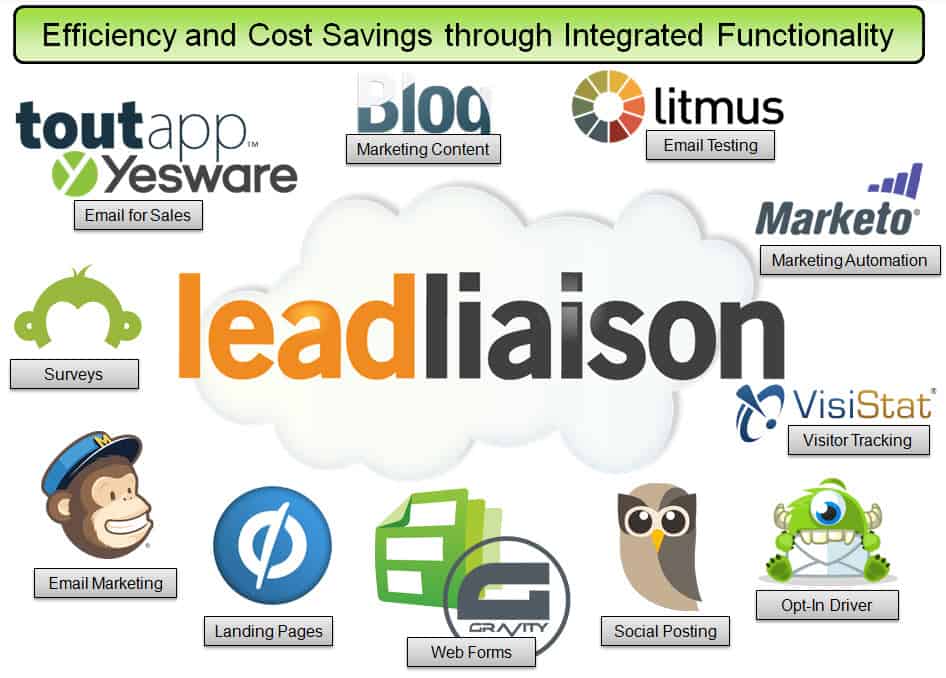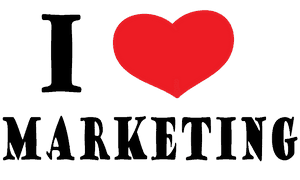Myths about Marketing Automation
 We’ve heard it all from companies about why they’re delaying their decision to use marketing automation. Myths about marketing automation get in the way of making logical decisions. We gathered our sales force and asked them, what are the myths you’re hearing from companies about marketing automation? The list went on and on, here’s a short list of objections to marketing automation that our sales force commonly runs into:
We’ve heard it all from companies about why they’re delaying their decision to use marketing automation. Myths about marketing automation get in the way of making logical decisions. We gathered our sales force and asked them, what are the myths you’re hearing from companies about marketing automation? The list went on and on, here’s a short list of objections to marketing automation that our sales force commonly runs into:
- Waiting for website to be re-done
- Not a priority right now (focused on sales right now)
- Technologies changing (ERP, CRM, etc)
- Not enough time to implement
- Busy hiring salespeople and traveling
- Downturn in economy/industry
- Not ready to benefit from all functionality in the system
- cost/competition
Let’s take a moment to address this:
Great Myths about Marketing Automation
One of the great failures in sales and marketing comes from a belief that you are not in a position to prepare for the future. Marketing automation is a great example of an investment that you can make today in the future of your growth and sales success.
Here are five common reasons why people wrongly believe that they cannot tackle a program that will yield sales results within 30-90 days in most cases:
Myth # 1: Until my website is perfect, we can’t really benefit from marketing automation
Truth: 75-80% of the value of marketing automation has nothing to do with your website! In fact, poor messaging on your website is MORE of a reason that you want to identify and nurture prospects who may not have given your brand enough time to truly understand what you do.
Myth #2 : You need to spend a ton of time preparing strategies and focusing on marketing automation for it to be successful.
Truth: Some of the most successful users of marketing automation spend less than 15 minutes a week building and deploying content. As an example, one Lead Liaison client was able to build a connection with 100s of prospects as a result of a message that took less than 20 minutes to create and deploy. With historic sales and marketing approaches, it would have taken a dozen sales people a year to reach that many people. Now those salespeople can focus on stage two messaging with more qualified prospects!
Myth #3 : When shifting technology (CRM, ERP, etc) you should not use marketing automation because you will have to restart your efforts later.
Truth: Unless you are using an all-in-one system (which we heavily discourage), a good marketing automation system will stand on its own.
Myth #4: We are putting all our focus on the website, tradeshow, end-of-the quarter, etc. We don’t have time for marketing automation.
Truth: The fact that your company didn’t invest in marketing automation is precisely why you are working so hard to put out fires this quarter, and this will repeat itself next quarter as you make excuses for not acting now. Furthermore, marketing automation can make your other efforts (like tradeshows) more effective and efficient.
Myth #5: We are watching costs right now, so we are delaying our marketing automation program.
Truth: If your organization isn’t striving to increase sales revenue and profitability, then you should shut down your doors right now. Why would you invest in sales people, a marketing department, etc.. if you aren’t committed to making every penny of those investments matter? Marketing automation tends to cost 10% to 20% of what a company pays for a single employee. If you have 5 salespeople that you are paying for every day; but do not want to spend the extra 4% to make those people successful… you are putting your company at a huge competitive disadvantage.
Bottomline: Implementing marketing automation is not a big deal. It’s easy and scaleable. Based on the simple premise that people buy more of the products and services that they know, trust, and feel are best supported.
Each month that you delay in implementing marketing automation is a day in which your competition creates a competitive advantage that could have been yours. Such delays will result not only in a loss of existing business; but struggles to increase your revenue in the short-term and long-term.











